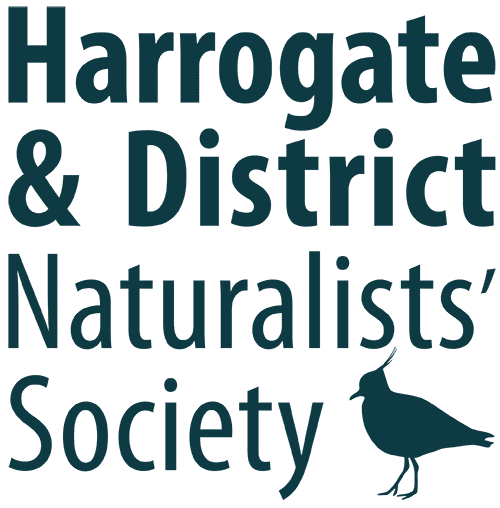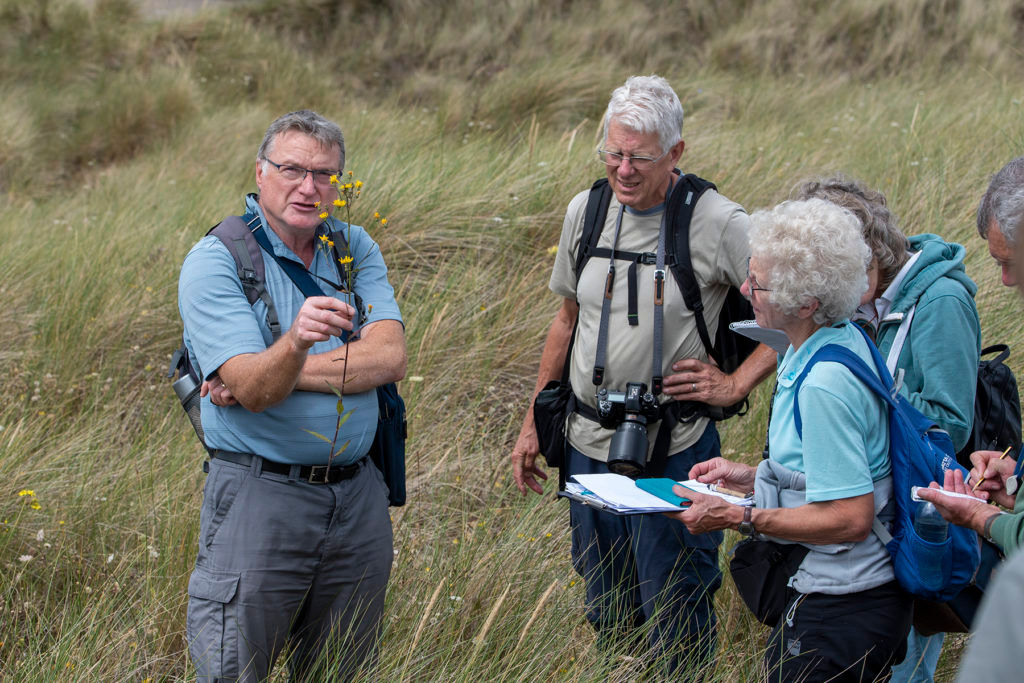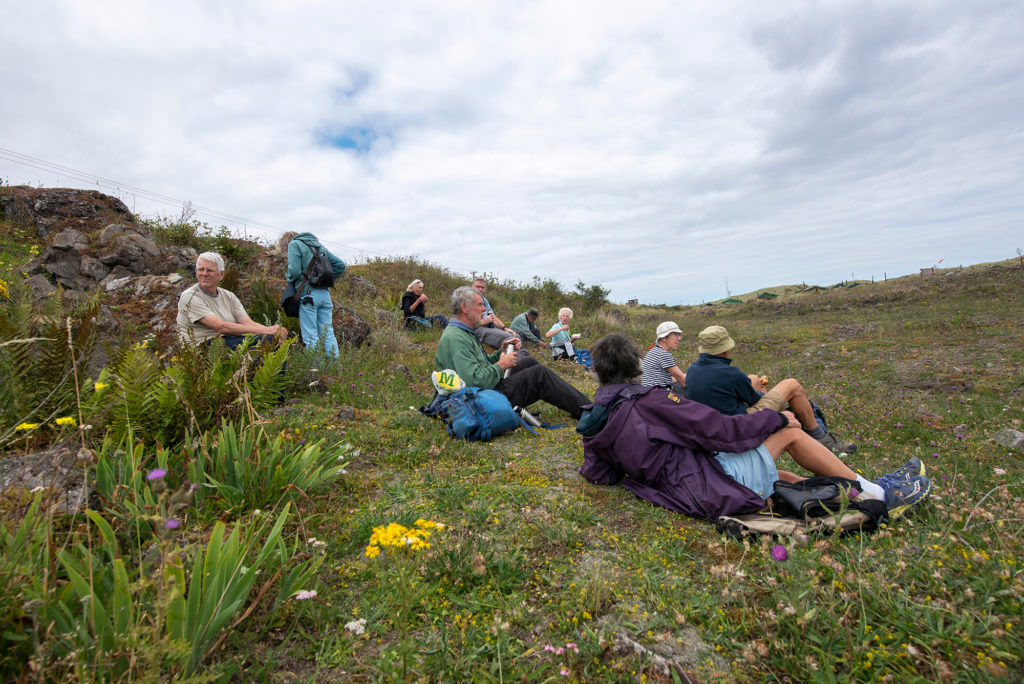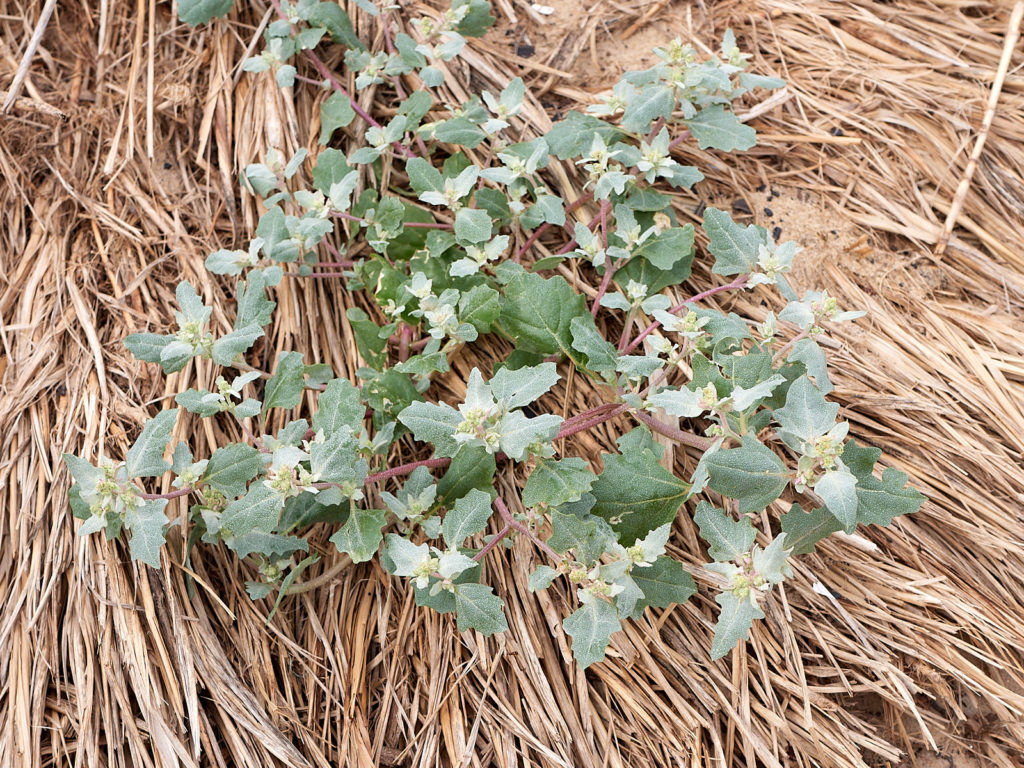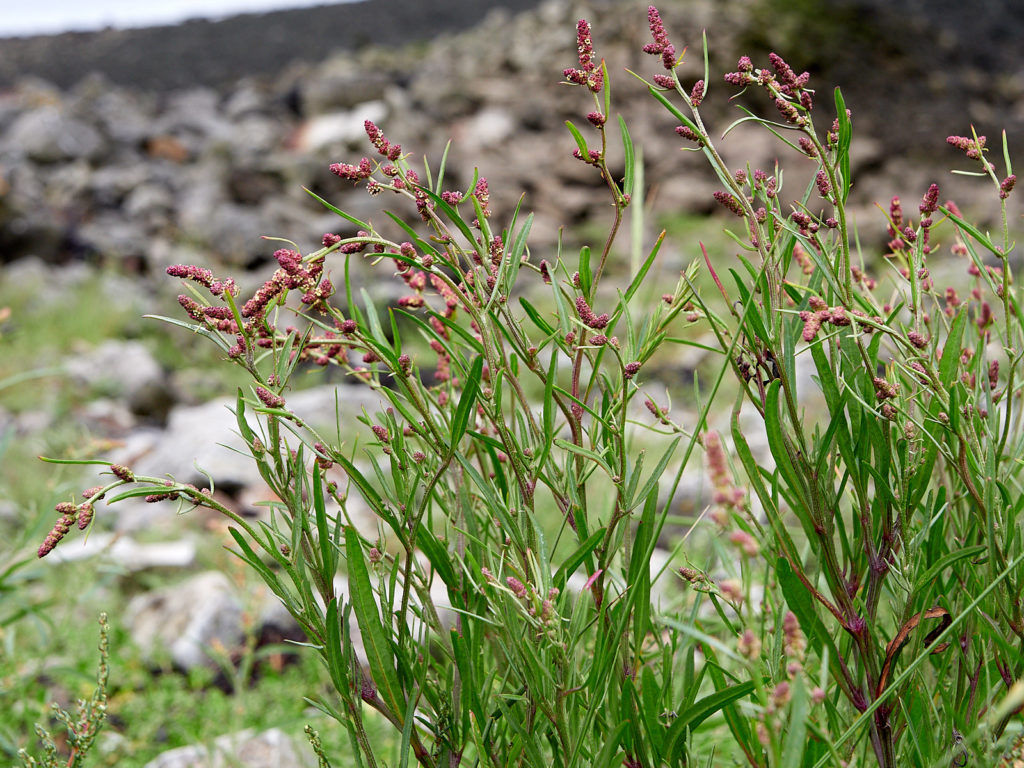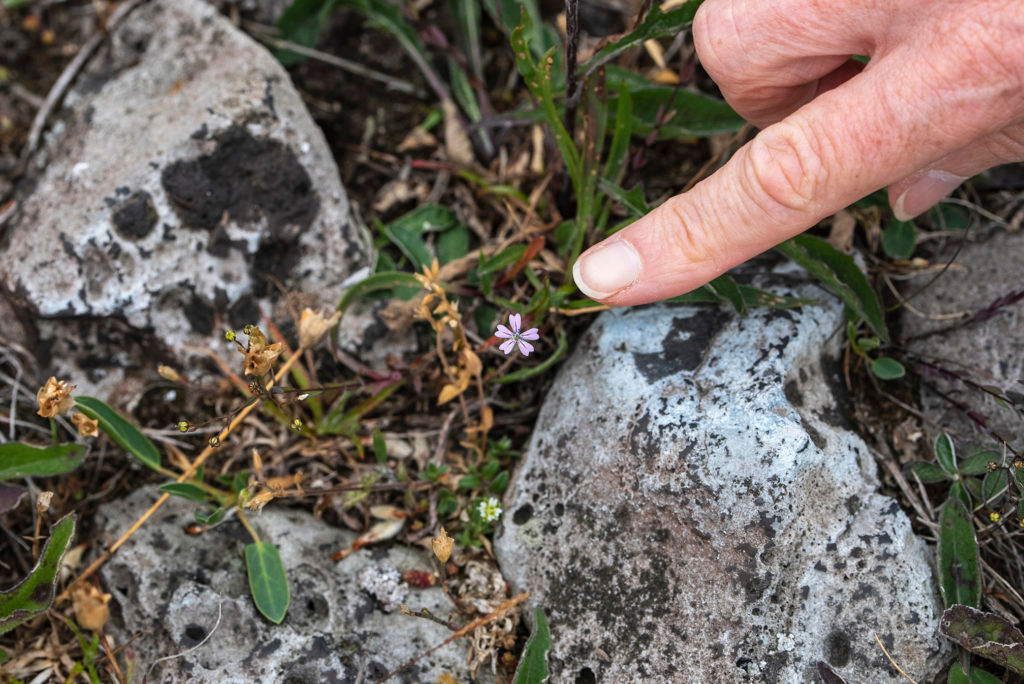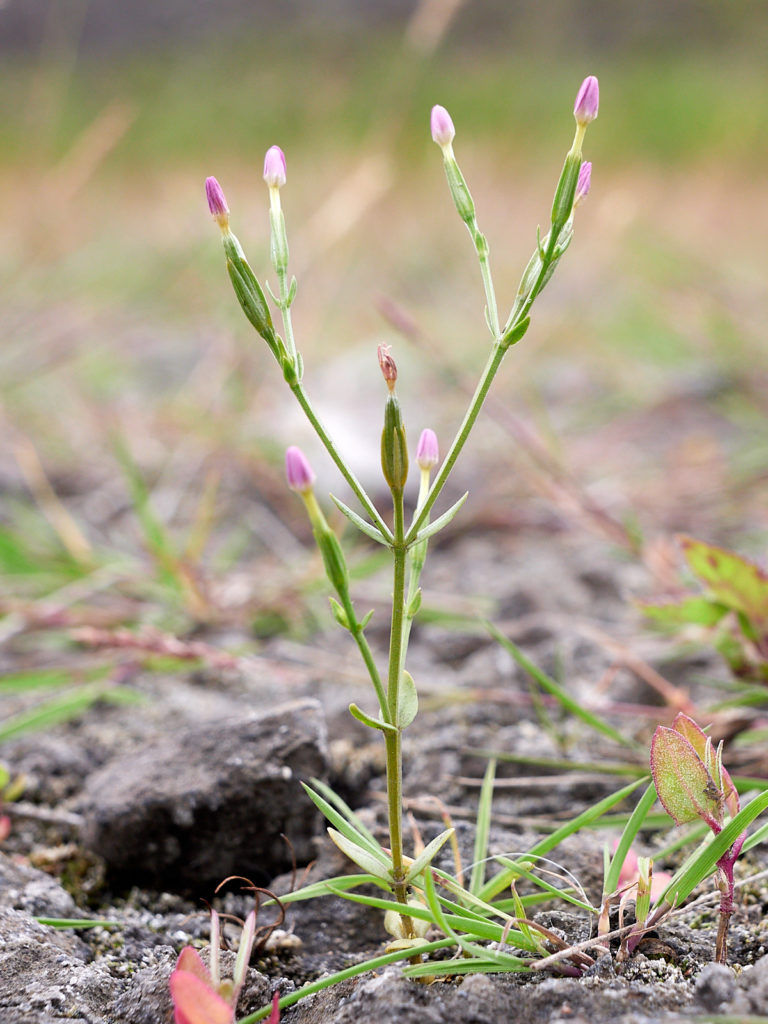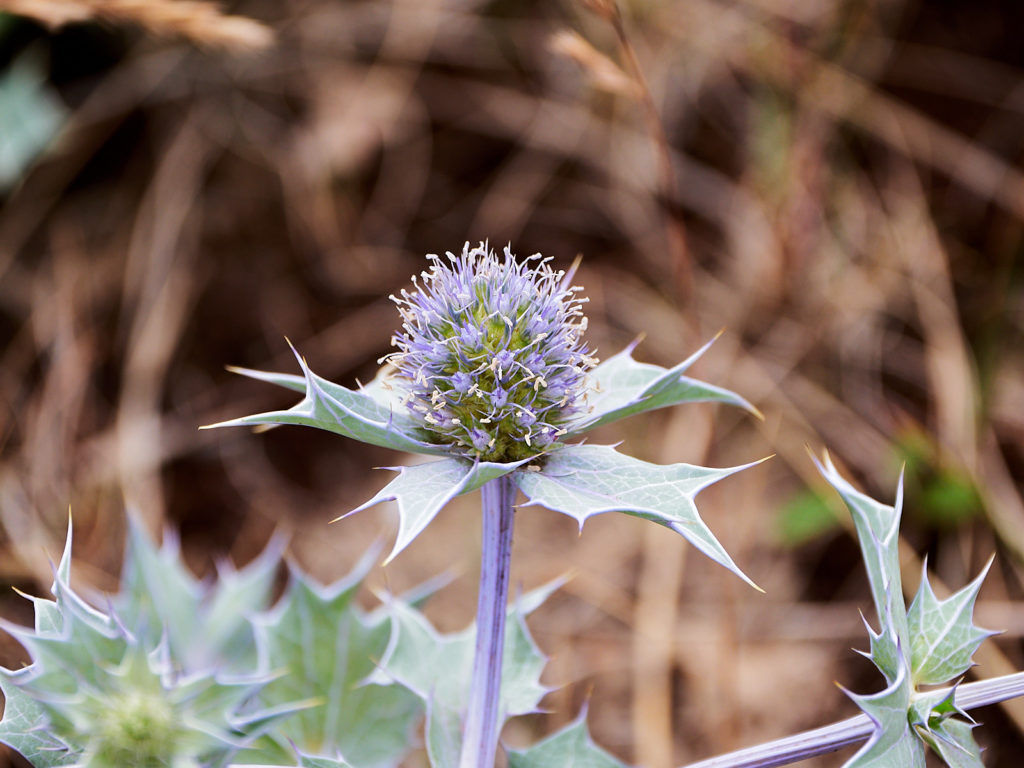After months of Covid uncertainty, this was a much-anticipated trip. It was pleasantly warm and the12 of us were feeling optimistic as we met up with our leader, David Barlow, the Vice-County recorder, whose knowledge of South Gare is phenomenal.
South Gare is a unique area; it is approximately 2 km2 of reclaimed land comprising lime-rich blast furnace slag and river dredgings, with accumulated sand dunes and slacks in places. It provides a variety of habitats, mainly dry, basic and nutrient poor, supporting a huge variety of plants which would not survive competition. Walking over the ground, it is often noticed that there is vegetation everywhere but none of this is grass – quite often the ground is covered in lichen. Apparently, botanists have failed to find a classification for this habitat – according to David the nearest would be “desert”! There is an astonishing species count of over 600 for the site.
We were 5 weeks later than last year’s visit and so, instead of a profusion of showy coloured flowers, we were treated to a day of esoteric rarities, unusual hybrids and misplaced curiosities. And quite a few colourful flowers for good measure! Only the highlights will be referred to here – see the complete plant list attached, and for the scientific names,
We started with a fascinating ramble along the bank behind the so-called Marina, a jumble of boats, huts and an extraordinary mix of rubbish – from hearth-brushes and empty tins to white goods! In amongst the human detritus we found Sea Couch and Sand Couch, the latter identifiable by the audible ‘snap’ when the stem is broken. Here also were several ragwort species, including the new arrival “narrow leaved ragwort” which none of us had seen before. Despite David giving us lots of clues we all failed on Annual Sea-blite. There were several species of the Atriplex (Orache) genus, and the distinctive very common Sea Sandwort. An old friend from last year was the duke of Argyll tea tree!
Moving down on to the ‘shore’ we encountered many more treats. A speciality was the Uig Hawkweed, burdened with the scientific name Hieracium uiginskyensis. Clearly this belongs in Uig; unlike many known introductions this apparently made its own way to South Gare – perhaps by boat? David showed us how to identify it by the hairs on the phyllaries. It is an example of many plants here which are far from their usual location. Another rarity was the hybrid orache Atriplex prostrata x littoralis. I think some of us were beginning to think Oraches were a little lacking in charisma…
There were many more fascinating plants to see as we ambled over coarse sand and among dunes – Proliferous Pink was a tiny gem; Prickly Saltwort was – well, prickly. And mainly green. Somehow, David went straight to the spot where he was able to show us Lesser Centaury and Sea Milkwort. Both were about the size of a pin, with their flower slightly smaller than a pinhead. The photographers were soon stretched out flat on the ground attempting to do justice to them.
Damper patches supported various sedges and rushes, beautiful Lyme Grass and Marram decorated the looser dunes – so well adapted to their dry, unstable, salty environment. Then to a particular favourite – Sea Holly, in full flower and delicately suffused with purple, very unlike the rest of its family, the Apiaceae.
David was determined we should not miss anything so we finished with visits to two more sites – a pool containing Horned Pondweed and the rare and strong-smelling Hart’s Pennyroyal, then a roadside bank with Wild Clary and the pretty Tunic Flower.
How stimulating it was to visit a new habitat, and be shown so many plants which can’t be found in our own district! Looking at our plant list for the day, a sizeable proportion were ‘firsts’ for all of us. I hope David won’t expect us to remember their names next year… Many thanks to him for giving his time so generously, and to Kerry for organising it.
